How to Get Rid of Wild Turnip in Your Lawn
Wild Turnip (Raphanus raphanistrum) may also be known as Wild Radish, and is closely related to cultivated radishes and cabbages. However, unlike the vegetables it goes to ...

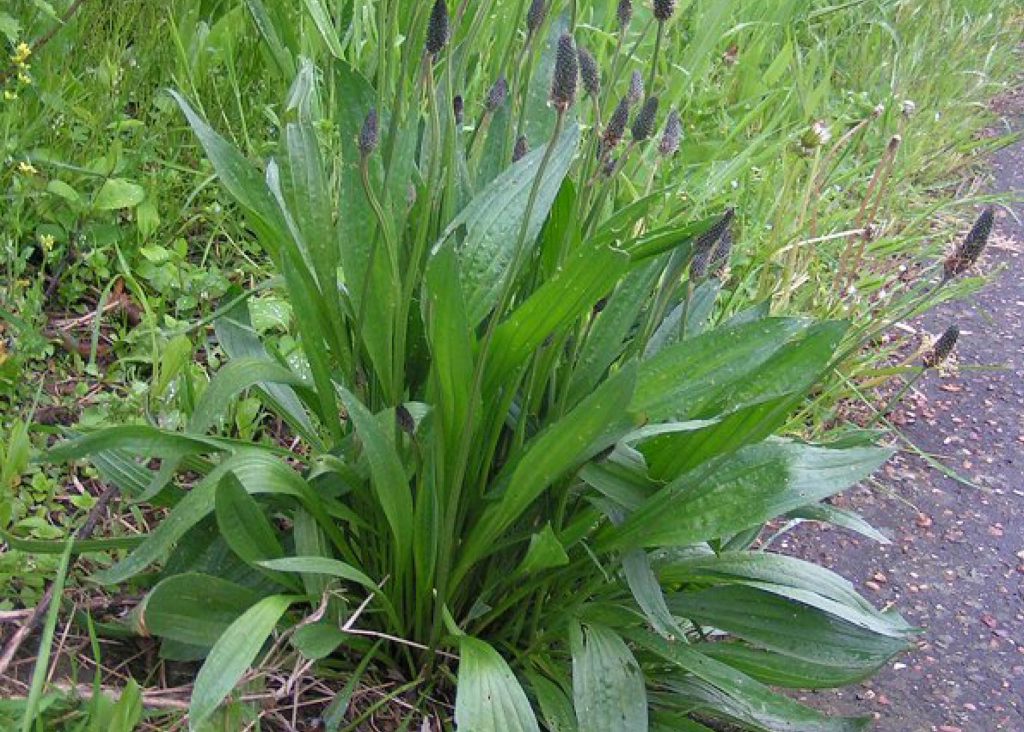 Found across Australia, plantain weeds are ugly intruders commonly found in lawns that are neglected or in poor health. Characterised by a flat rosette of leaves and a tall flowering spike, this highly adaptive weed can survive and grow in harsh environments, competing with your lawn for light, water, and nutrition.
Found across Australia, plantain weeds are ugly intruders commonly found in lawns that are neglected or in poor health. Characterised by a flat rosette of leaves and a tall flowering spike, this highly adaptive weed can survive and grow in harsh environments, competing with your lawn for light, water, and nutrition.
Left untreated, plantain weeds can spread, taking over your garden and making it hard to achieve the lush, green lawn of your dreams.
In this article, we explore approaches to controlling plantain weeds, and how to prevent them from coming back.
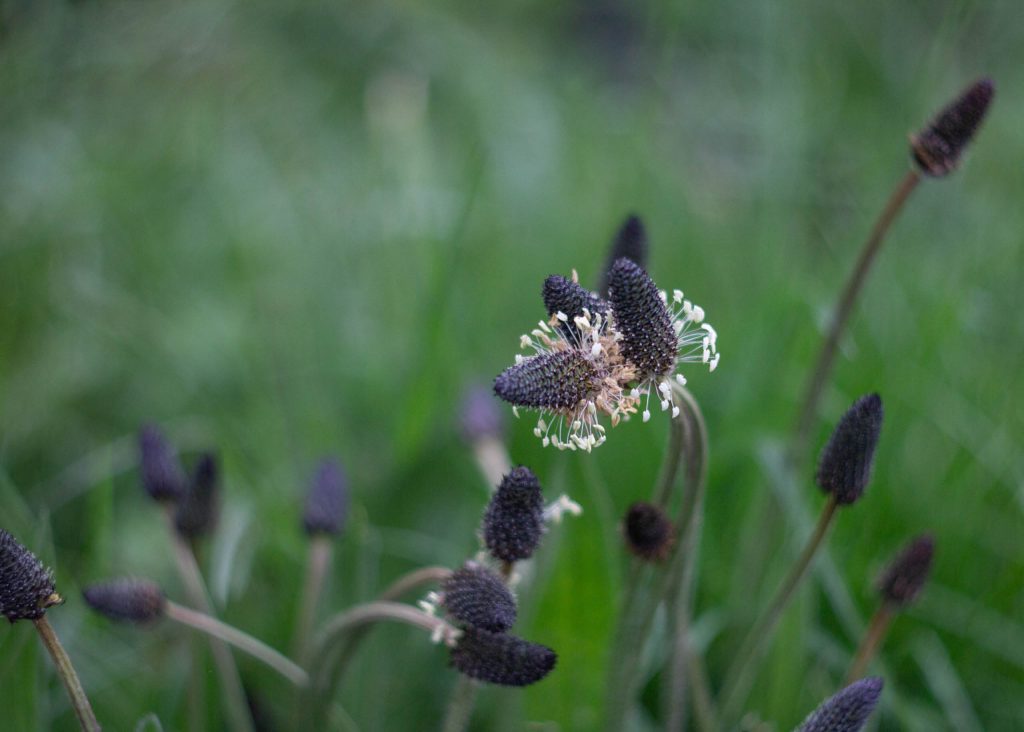 Plantain weed, also known as Lambs Tongue, is a perennial weed that can be found in lawns. It is commonly found across Australia, but is more frequent on the east coast, especially in the Southern states, and the subtropics of Queensland.
Plantain weed, also known as Lambs Tongue, is a perennial weed that can be found in lawns. It is commonly found across Australia, but is more frequent on the east coast, especially in the Southern states, and the subtropics of Queensland.
The plantain weed has flat leaves with distinct veins and long, thin flowering stems that carry a dense brown seed head. There are two types of plantain that can be differentiated by their leaves. The most common is the Narrowleaf plantain (Plantago lanceolata), which features narrow, slender leaves, with distinct veins. The second type, the Broadleaf plantain, features oval leaves, and loves to grow in waterlogged areas.
Plantains thrive in poorly established or neglected lawns. This hardy plant can withstand full sun, compacted soils, flooding, and areas of high foot traffic, which means it can grow just about anywhere, including lawns, gardens, roadsides, and footpaths.
Surprisingly, plantains are an edible weed, believed to possess numerous health benefits when eaten.
Left unmanaged, plantain weeds can spread through your lawn, out-competing other plants, becoming quite unsightly.
If you suffer from hay fever, plantain weed can be bad news. Plantains produce high volumes of pollen, which can trigger an immune response, leaving you with red itchy eyes and a running nose.
Plantains are herbaceous weeds with hairy leaves that appear as a low-growing rosette just above the ground. The leaves can grow up to 20cm long and 4 cm wide and feature distinctive veins.
Rising from the leaves is an erect, leafless stalk with a dense, elongated seed head. Tiny white/cream flowers emerge in Spring/Summer, growing in tight clusters around the seed head. These stalks can grow to 50cm, depending on location.
Plantains are prolific seed producers, allowing the weed to spread quickly. Tiny black/brown seeds are carried by wind, birds, water, or soil movement to other areas in the lawn. Germination occurs from autumn to winter.
Depending on the level of infestation, and the type of lawn you have, plantain weed removal can be achieved either manually, or chemically by using a post-emergent herbicide.
Manual removal of plantains can be an effective control strategy, especially if you have small infestation numbers.
Pull or dig out the plants as they emerge, taking care to remove the tap root along with the leaves and stalk. This will be easiest in sandy soils, however for compacted soils, try removing the weeds following rain or after watering, as the soil will have softened.
Weeds should be removed before they have a chance to produce seeds to avoid further spreading.
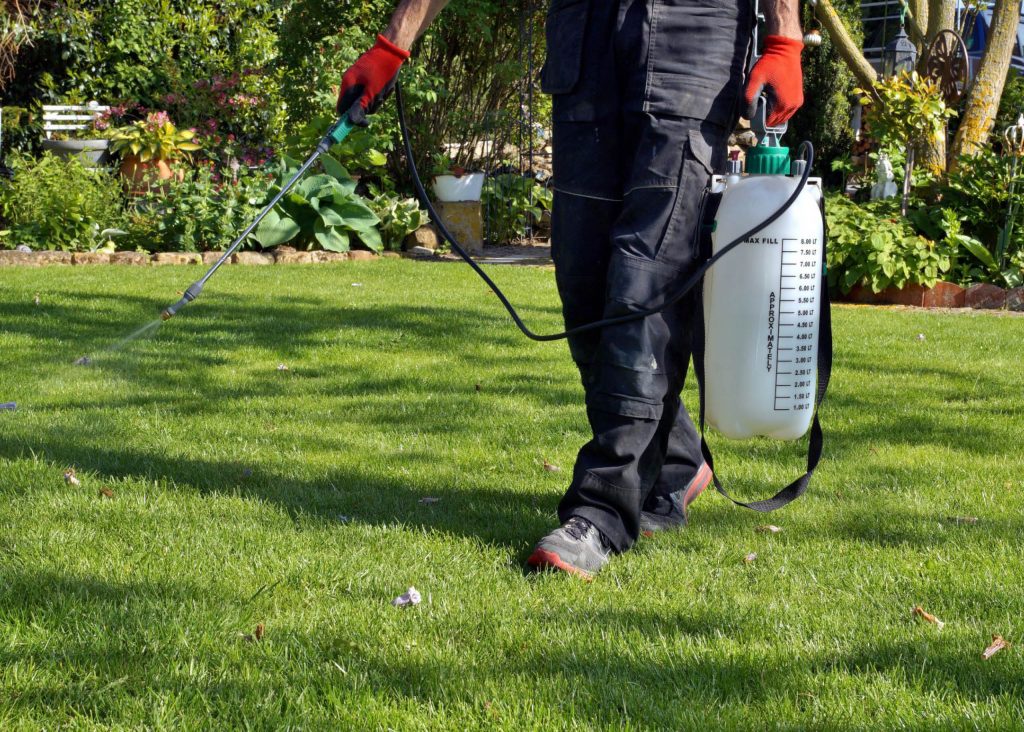 Chemical approaches to managing plantain weeds include applying a post-emergent herbicide after the weed has appeared. Post emergent weed killers work by infiltrating the plant’s system to kill it at the root.
Chemical approaches to managing plantain weeds include applying a post-emergent herbicide after the weed has appeared. Post emergent weed killers work by infiltrating the plant’s system to kill it at the root.
Choose a selective herbicide for broadleaf weeds to avoid killing other nearby plants. Check the label before use – some turf varieties may be vulnerable to broadleaf herbicides, so it is important to choose a chemical which is safe to use on your specific lawn.
Post-emergent herbicides are most effective when the weed is actively growing and should be applied in autumn or spring. Read the label carefully for specific application timing and instructions. Avoid spraying on windy days, to reduce drift, and dispose of unused chemicals safely.
Plantain weeds thrive in poor conditions, so the best way to prevent plantain weeds from taking hold is to maintain the health of your lawn and soil.
Soil aeration will prevent compaction, particularly in high-traffic areas, and deliver much needed water and nutrition to the lawn, allowing it to out-compete the plantain weeds. If your lawns are prone to waterlogging, aeration will also improve drainage.
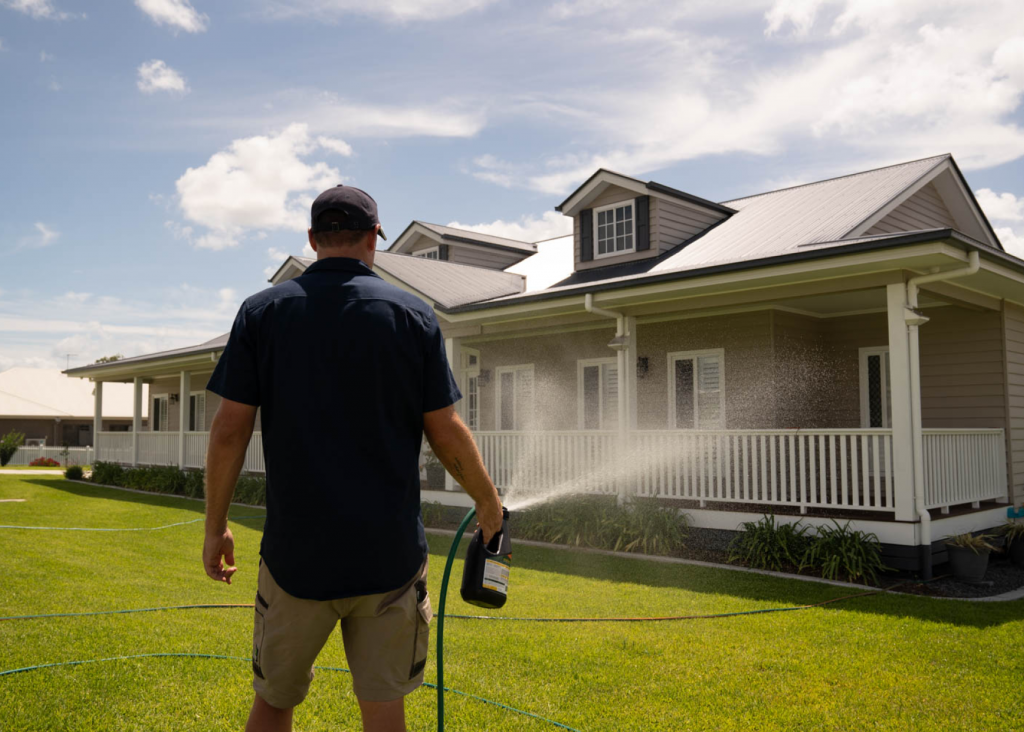 Feed lawns with a nitrogen-based fertiliser to boost nutrition and encourage vigorous grass growth. Schedule fertiliser application twice a year – once in Autumn to protect it throughout Winter, and again in Spring to help boost the growth and carry you through the summer months.
Feed lawns with a nitrogen-based fertiliser to boost nutrition and encourage vigorous grass growth. Schedule fertiliser application twice a year – once in Autumn to protect it throughout Winter, and again in Spring to help boost the growth and carry you through the summer months.
Water your lawn regularly, especially during dry seasons, to maintain the health of your grass and soils.
Regularly mowing can prevent the seeds of plantain weeds from maturing, however, due to the low-lying habit of the plantain’s leaves, it will more than likely grow back, so manual or chemical removal is recommended. Maintain good equipment hygiene by cleaning the mower after each use to avoid contamination and spreading. Mow regularly at the right height for your grass type.
Products suitable for controlling plantain weed include:
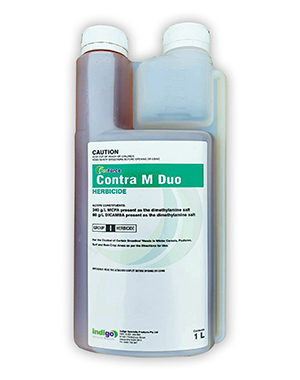
Plantain weed is a common broadleaf weed which can be difficult to remove from the lawn. There are several methods available, both manual and chemical, which can be effective in controlling this weed. It is important to maintain the health of your lawn and soil by using regular fertilising and watering schedules, and by aerating the soil where necessary. Mowing regularly will also help to keep plantains under control.
For more information on leading herbicide treatments for your home lawn, visit myhomeTURF’s online store.